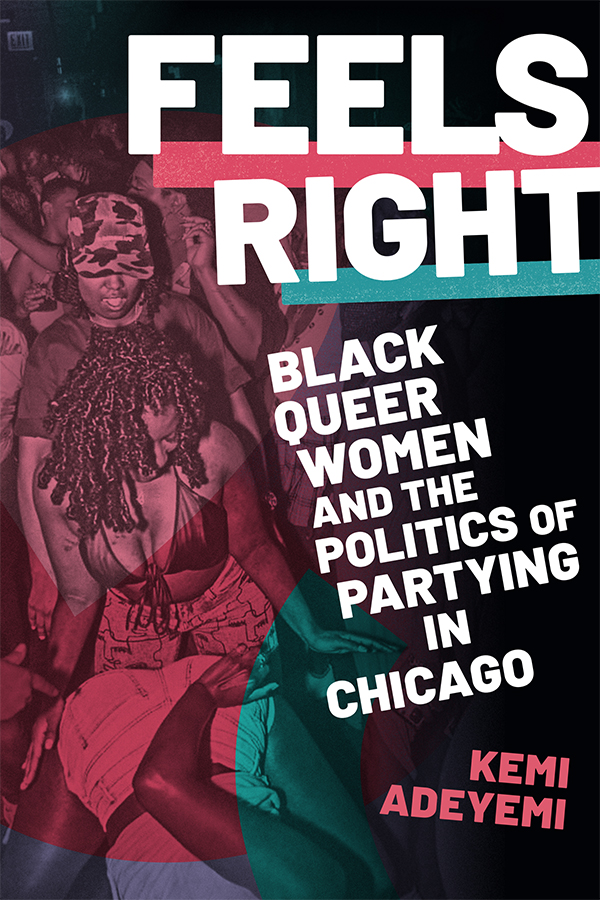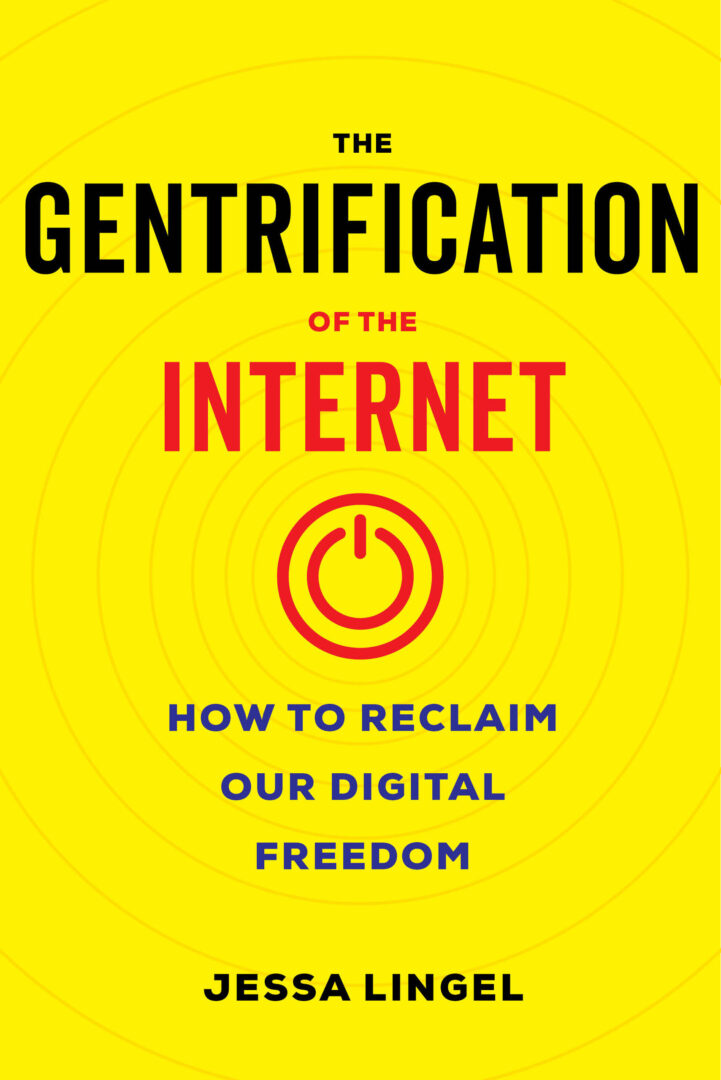Following the movements of Black queer women on queer dance floors in Chicago, Kemi Adeyemi shows how race, feeling, and the geography of the neoliberal city are spatially entangled. Black queer women’s moves on the dance floor reveal, navigate, bend, and upset those entanglements that overdetermine their rights to feel, to belong, and to take place in the city. Black queer women do not dance to escape the realities of their everyday lives. Rather, they dance for moments where they can collectively reimagine, redefine, and reclaim their rights to feel good, their rights to take place in the neighborhoods where they are not “supposed to” take place, and ultimately, their rights to the city.
Keyword: gentrification
Review of The Gentrification of the Internet: How to Reclaim Our Digital Freedom by Jessa Lingel (University of California Press)
What could we discover about the forces shaping the internet, and what could we learn about how to fight back against those forces if we committed to the metaphor of gentrification? In The Gentrification of the Internet: How to Reclaim Our Digital Freedom, Jessa Lingel shows that gentrification can be a useful lens through which to expose how power and class play out in online space. In a moment of increasing techno-skepticism, The Gentrification of the Internet offers a starting point for action, grounded in the reality of urban gentrification activism with proven results.
Sideways Fences: Resisting Gentrification in Boyle Heights, a Los Angeles Community
From the introduction of hipster IPA beer to fences that go sideways (instead of up and down), Oscar Arguello’s Sideways Fences (2017) explores the gentrification of Boyle Heights, a predominately Latino/a community near downtown Los Angeles. Sol, the main character, is pregnant and lives with her boyfriend Estéban, who drinks too much and spends his discretionary time fixing up a ’52 Chevy. Early in the play, Eva, Sol’s sister, crashes with the couple. The play centers around the trio’s stressed relationship and Sol and Estéban’s upcoming eviction, which is related to the creation of new condos. While at first glance the play appears to embrace common stereotypes including the wayward Latina (Eva) and the alcohol prone Latino, a closer analysis illuminates Arguello’s artistic layering of stereotypes to make legible the conditions/structures that produce the situations in which the trio find themselves.
Postcool
Francesco Salvini asks what it means to translate the categories of postcolonial thought in the practices of organisation of a subaltern neighbourhood trapped in the hurricane of valorisation and abstraction of urban space. Salvini presents an analysis of what he calls an ‘audio-visual inquiry’ conducted by a collective of political activists organising in the Raval in Barcelona. The laboratory of Postcool sought to find ways to learn about the subaltern histories of the Raval that are made invisible. Salvini discusses the ways in which the collective investigated how these subaltern histories of the Raval inscribe themselves in the urban design of the city in their relevance for organising against gentrification in the context of postcolonial capitalism.


